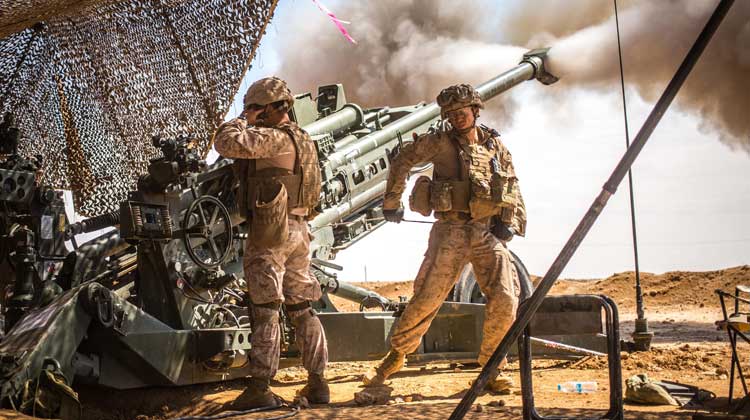
For some time now, Asia and the continued escalation of North Korea’s ballistic missile program have been the major strategic concerns of the United States. But Washington should not forget other areas of the world, especially the Middle East.
As the U.S. pursues its goal of defeating ISIS, Russia and Iran are consolidating their positions in the region. Russia has been strengthening and stabilizing the government of Syrian President Bashar Hafez al-Assad. Iran continues to build a land corridor that will enable Tehran to send Iranian weapons, supplies and troops through Iraq, across Syria and into Lebanon.
Russia and Iran’s Close Cooperation Threatens the Region and US Allies
Russia and Iran’s increasingly close cooperation threatens not only the region, but also some of our closest regional allies such as Jordan and Israel. If left unchecked, the Moscow-Tehran consolidation will have a devastating effect on these allies.
Following their meeting at the APEC conference in Da Nang, Vietnam, on November 11, President Trump and Russian President Vladimir Putin issued a joint statement in which they praised the Memorandum of Principles that Jordan, Russia and the United States concluded in Amman, Jordan, on November 8.
Trump and Putin “confirmed the importance of de-escalation areas as an interim step to reduce violence in Syria, enforce ceasefire agreements, facilitate unhindered humanitarian access and set the conditions for the ultimate political solution to the conflict,” the statement said. “They reviewed progress on the ceasefire in southwest Syria that was finalized the last time the two Presidents met in Hamburg, Germany, on July 7, 2017.”
The recent “de-escalation zone” brokered by the U.S., Russia and Jordan for southern Syria includes a five-to-seven kilometer buffer or “exclusionary zone” prohibited to all foreign forces. Those foreign forces include Iran and its proxy army Hezbollah.
The flaw in this agreement is that Iran is allowed to leave friendly paramilitary groups and foreign fighters in place. They, in turn, will be able to recruit local fighters also not covered in the exclusion zone.
These local fighters are not only loyal to Iran, but also controlled by the Islamic Republic. As a result, Tehran will continue its military buildup on the periphery of this “de-escalation zone” close to the strategic Golan Heights.
Continue reading here.